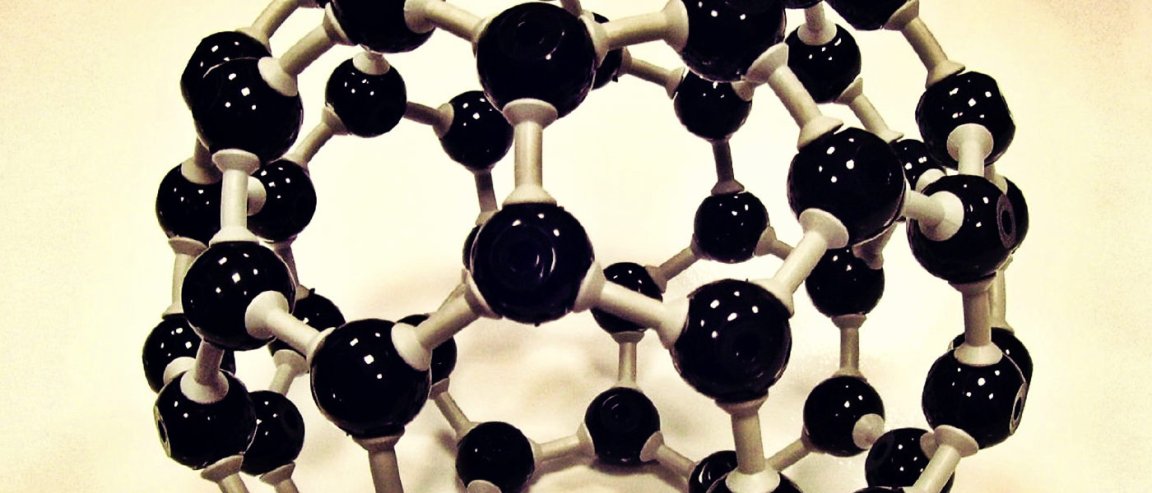
Manipulating Matter
The dream of nanotechnology is to harness it to control the material world at its most fundamental level—to manipulate matter at the molecular and atomic scale.
It’s a dream that is held by scientists in many fields—medicine, materials research, electronics, computing, and others too numerous to list. The struggle has been in how to actually achieve such a precision control of matter. Sadly, the quantum effects at this level often defeat any such attempts, and have proven difficult to surmount.

But now, researchers are beginning to figure out that what they’ve been doing is akin to trying to reinvent the wheel—sophisticated nanoscale machinery already exists in the form of the molecular equipment of life, which has been manipulating molecules and atoms for some four billion years.
In a study published in the journal Nature Communications, a team of scientists from Dartmouth College has created an artificial protein that can precisely organize the formation of 60-carbon-atom buckminster fullerenes—aka “buckyballs”—into their sphere-like formation.
“If we learn to do this more generally—the programmable self-assembly of precisely organized molecular building blocks—this will lead to a range of new materials towards a host of applications, from medicine to energy,” predicts lead researcher Gevorg Grigoryan, assistant professor of computer science at Dartmouth.
Protein-Mediated Self Assembly
The goal of the research was to find a way to cheaply, quickly, and efficiently manufacture nanoscale materials—a notoriously difficult thing to achieve. They wanted to easily create buckyballs, the applications for which are practically legion. Their novel properties, such as high heat resistance and electrical superconductivity, make them ideal for nanotechnology; there’s just that small difficulty of finding a way to assemble them.
Proteins are a kind of “smart” molecule—no mere inert atomic congeries, they are a fundamental substrate of life, encoded for by genes, and capable of self-organization and manipulating and shuttling molecules. Perfect for nanoscale assemblage, and the team showed that the proteins were able to interface with and assemble buckyballs into the desired shape.
“Learning to engineer self-assembly would enable the precise organization of molecules by design to create matter with tailored properties,” Grigoryan observes, his ‘mad scientist’ excitement almost palpable.
And he is, of course, right—the implications are tremendous. Using something so plentiful and easily manufactured as proteins, the very stuff of life, nano-engineers may finally be able to set about the task of “programming” matter—creating bespoke materials and designer objects with novel properties at the molecular and atomic scale.